Industry information
Company News
- Unveiling Fluorocarbon Aluminum Veneer: The 'Chameleon' of Modern Architecture
- Unlimited creativity, perforated aluminum veneer: the new favorite of fashionable architecture
- Aluminum veneer, the "invisible" protector of modern architecture
- Aluminum veneer: a perfect fusion of architectural aesthetics and practicality
- Punched aluminum veneer: the finishing touch of creative architecture
Industry dynamics
- Aluminum veneer: the beauty of architecture, the lightweight choice
- Analysis of Price Trends in Aluminum Veneer Customization Market
- New favorite of aluminum panels: perforated aluminum veneer, the fashionable choice for modern architecture
- Analyzing the diverse uses of aluminum veneer in curtain walls
- Aluminum veneer customization, creating a new trend of personalized space
Frequently asked questions
- What is the seismic performance of aluminum veneer in building exterior design?
- Is the production process of aluminum veneer environmentally friendly?
- What is the sound absorption effect of aluminum veneer?
- Is there any restriction on the size customization of aluminum veneer?
- What impact does aluminum veneer have on the durability of buildings?
contact us
Mobile:+86 15627778610
Email: 2201229786@qq.com
Address: No. 5 Binjiang Road, High tech Zone, Zhaoqing City, Guangdong Province
Aluminum veneer: Colorful life, separated by a board
- Author: Jinba Aluminum Industry (Guangdong) Co., Ltd
- Release time: 2022-02-25 20:10:07
- Click:0
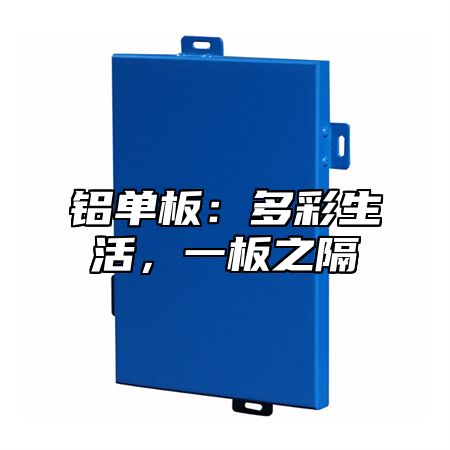
1Aluminum veneerWhat are the classifications?
Aluminum veneer sounds high-end and sophisticated, and it is indeed one of the indispensable building materials in our daily lives. Do you know what are the classifications of aluminum veneer? According to different purposes and requirements, aluminum veneer can be divided into many types, such as flat aluminum veneer, embossed aluminum veneer, perforated aluminum veneer, curved aluminum veneer, and so on. Each one has its own unique charm that can meet our needs in different occasions.
2、 What are the commonly used types of aluminum veneer?
The most commonly used types of aluminum veneer in our daily life are as follows:
1. Flat aluminum veneer: This type of aluminum veneer has a flat surface and bright colors, and is a common choice for indoor and outdoor decoration.
2. Embossed aluminum veneer: This type of aluminum veneer has a three-dimensional relief pattern on its surface, which has a very good visual effect and is commonly used in large public buildings.
3. Perforated aluminum veneer: This type of aluminum veneer has regular small holes on its surface, which have good ventilation and sound insulation effects and are suitable for modern buildings.
4. Curved aluminum veneer: This type of aluminum veneer can be customized according to on-site requirements and is suitable for various curved buildings.
3、 What is the difference between aluminum sheet and aluminum veneer?
When it comes to aluminum panels and aluminum veneers, many people may think they are the same thing, but in reality, they have significant differences. Aluminum plate is a simple metal material, while aluminum veneer undergoes a series of processing treatments on the basis of aluminum plate. Aluminum panels are designed to run naked, while aluminum veneers are designed for dressing up.
4、 What are the differences between aluminum sheet and aluminum veneer? Which is more expensive, aluminum veneer or aluminum sheet?
The difference between aluminum sheet and aluminum veneer is mainly reflected in the following aspects:
1. Different manufacturing processes: Aluminum plates are directly processed from aluminum ingots or bars, while aluminum veneers are surface treated and formed on the basis of aluminum plates.
2. Different performance: Aluminum veneer has superior performance, such as corrosion resistance, fire resistance, sound insulation, heat insulation, etc.
3. Price difference: Due to differences in processing technology and performance, the price of aluminum veneer is usually higher than that of aluminum sheet.
5、 Five major differences between aluminum-plastic panels and aluminum veneers
Although aluminum-plastic panels and aluminum veneers belong to the same category of aluminum decorative materials, there are also significant differences between them. Here are the five major differences between aluminum-plastic panels and aluminum veneers:
1. Different materials: Aluminum plastic panels are composed of aluminum foil, plastic, and adhesive, while aluminum veneers are composed of aluminum plates and surface treatment materials.
2. Different surface treatments: The surface of aluminum-plastic panels is usually coated with plastic, while the surface of aluminum veneers can be decorated with various materials.
3. Different performance: Aluminum plastic panels have good insulation, sound insulation, moisture resistance and other functions, while aluminum veneers pay more attention to decorative effects.
4. Different installation methods: Aluminum plastic panels can be directly pasted on the wall, while aluminum veneers need to be fixed with keels.
5. Price difference: Aluminum plastic panels have relatively lower prices, while aluminum veneers have higher prices.
What are the materials, uses, and advantages of aluminum veneer? How to choose and install aluminum veneer?
Aluminum veneer is a high-performance decorative material mainly composed of aluminum alloy sheets, decorative coatings, and adhesives. It has the following advantages:
1. Corrosion resistance: The surface treatment process of aluminum veneer is advanced, and it has good corrosion resistance performance.
2. Fire prevention: Aluminum veneer is made of fire-resistant materials, which can effectively prevent the spread of fire.
3. Sound insulation and heat insulation: Aluminum veneer has good sound insulation and heat insulation performance.
4. Aesthetics: The surface treatment of aluminum veneer is rich and the colors are bright, which can meet various decorative needs.
When choosing aluminum veneer, the following points should be noted:
1. Material: Choose aluminum alloy plates produced by reputable manufacturers to ensure product quality.
2. Surface treatment: Select appropriate surface treatment materials according to actual needs.
3. Size: Customize the aluminum veneer size according to on-site requirements to ensure installation effectiveness.
4. Installation: Choose an experienced installation team to ensure the safety and stability of the aluminum veneer.
Aluminum veneer, as a high-performance decorative material, plays an important role in our lives. Understanding the classification, characteristics, and selection methods of aluminum veneer can help us make better choices during the decoration process. Let's use aluminum veneer together to create a colorful living space!

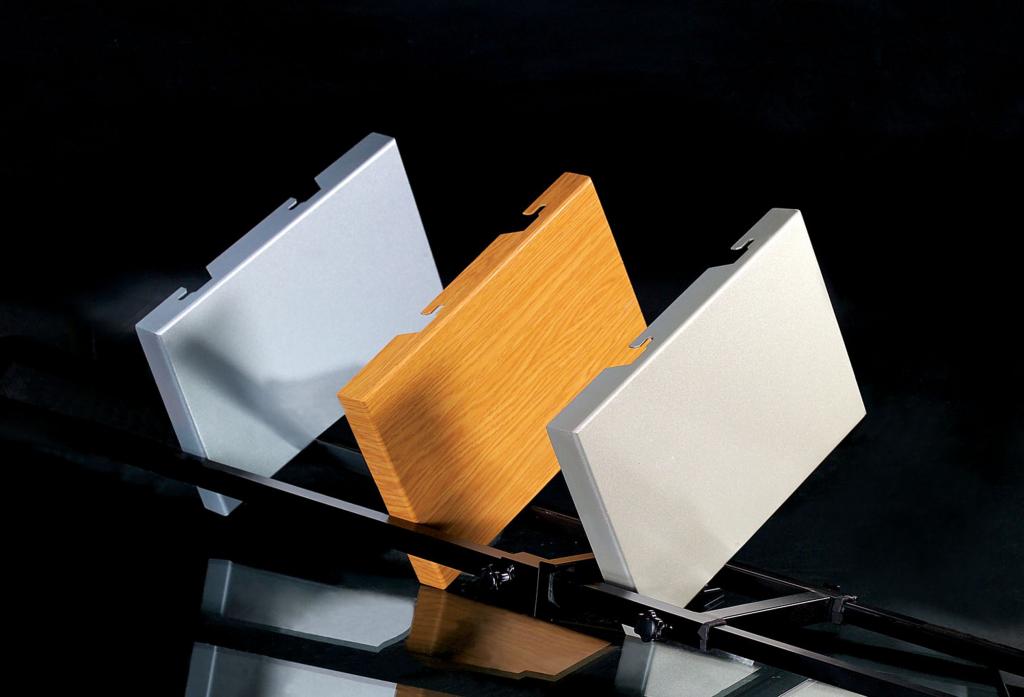
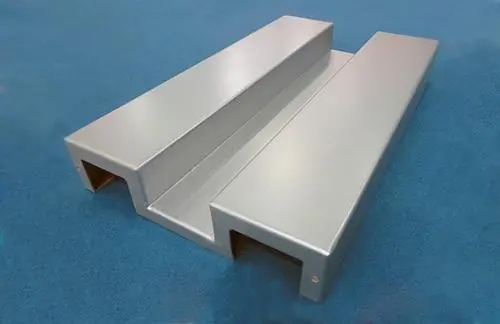
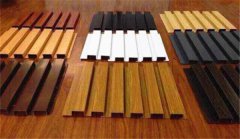
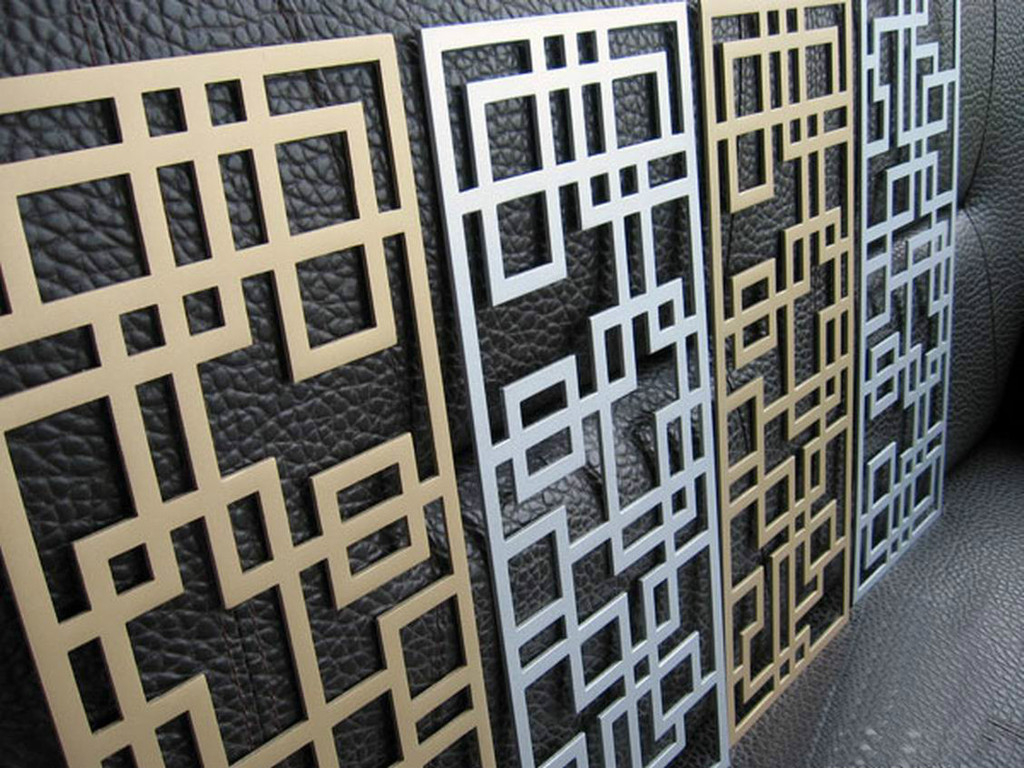
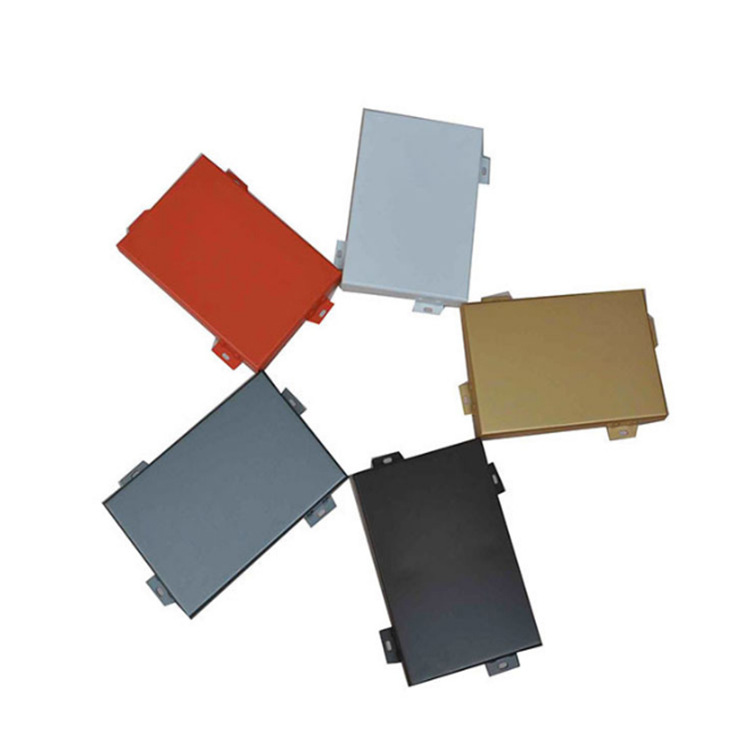
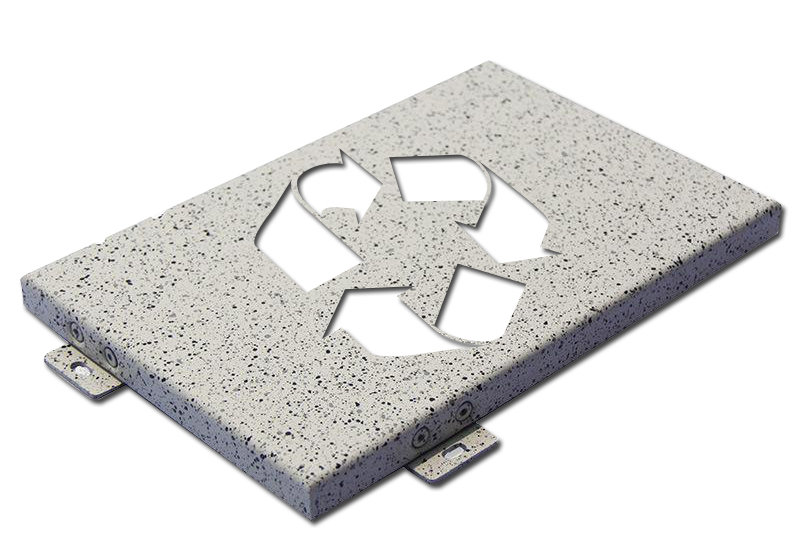
 Customer service QQ
Customer service QQ